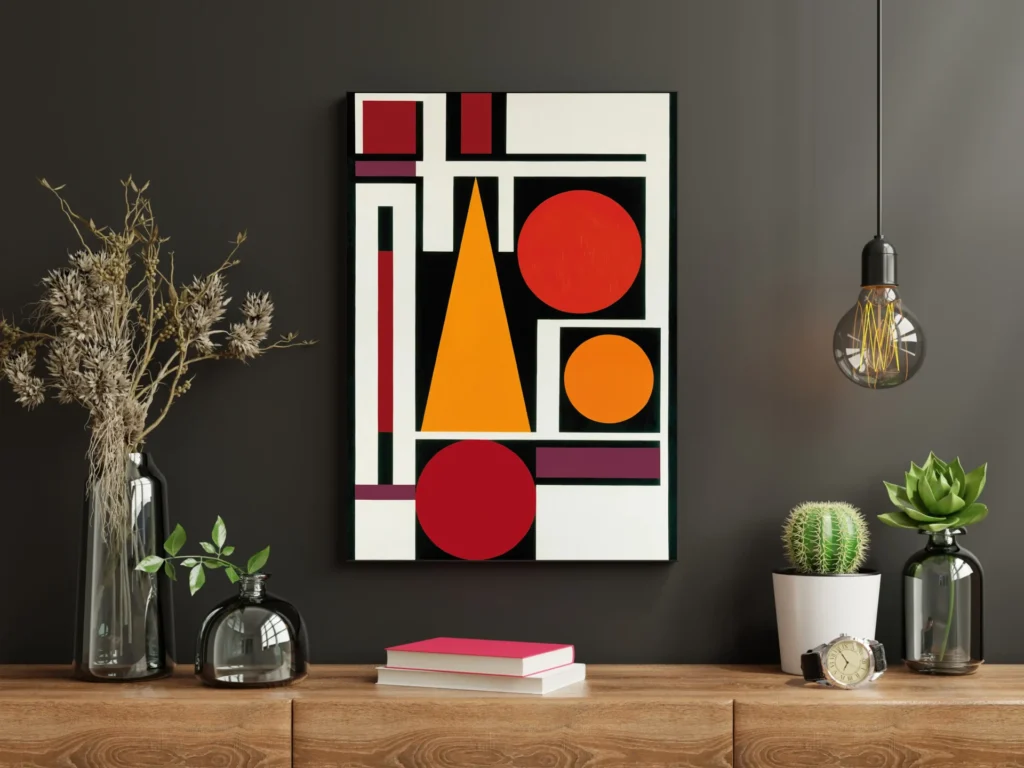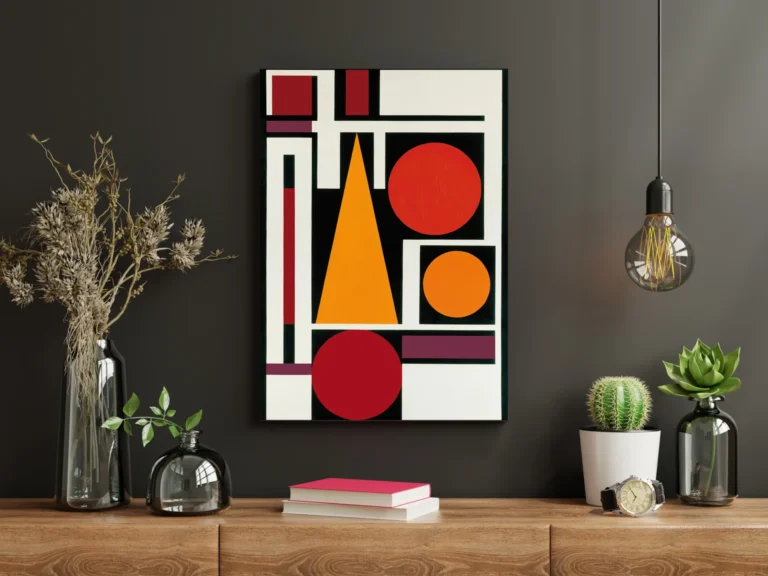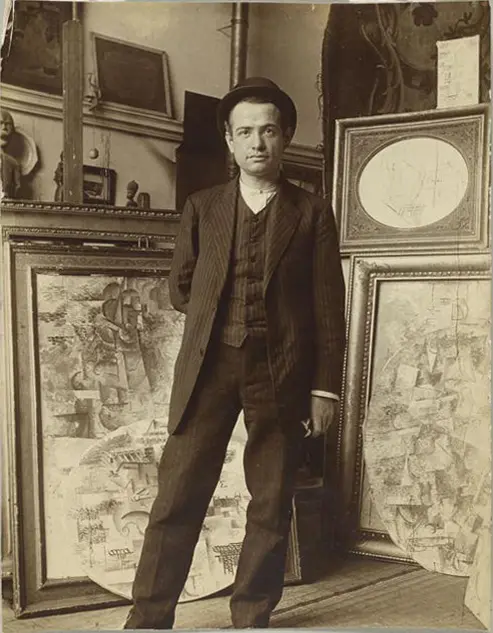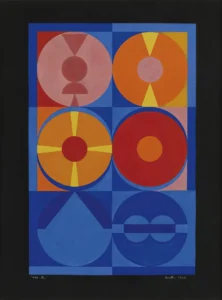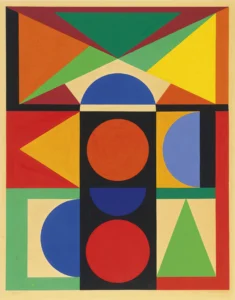Bien (1952)
Created in 1952, Bien is a captivating oil on canvas by the esteemed artist Auguste Herbin. Measuring 130.2 cm x 89.3 cm, this painting embodies the essence of modern abstraction and geometric forms, which Herbin masterfully crafted throughout his career. The painting is notable for its signature and has been a part of various prestigious collections, capturing the interest of art enthusiasts and collectors alike.
Year 1952
About the Artwork
Auguste Herbin, a pioneer of modern abstraction, created Bien in 1952 during a transformative period in art history. After WWII, artists began exploring new visual languages that moved away from realism. Herbin's fascination with geometry and color led him to develop a unique style that combines rigorous form with vibrancy, reflecting the zeitgeist of the era. Although the specifics of the visual elements of Bien are not detailed, it is part of a larger discourse in abstract art that aims to evoke emotions and ideas without relying on traditional representational subject matter. The painting’s journey through various exhibitions and collections signifies its cultural importance and Herbin’s legacy as a leading figure in abstract art.
Did You Know
Auguste Herbin’s career spanned several decades, during which he evolved from figurative art to abstraction, ultimately becoming a prominent member of the modernist movement in France. He was instrumental in the development of cubism and continued to influence future generations of artists.
Herbin played a significant role in the early days of abstract art, collaborating with other avante-garde artists such as Fernand Léger and seeking to express complex emotions through geometric shapes and vibrant colors, which he achieved brilliantly in works like Bien.
Today, Auguste Herbin’s work is part of major art collections worldwide, and his contributions are celebrated in exhibitions that showcase the evolution of abstract art. His innovative techniques and styles are still studied and admired by contemporary artists.
Liked what you see? Add it to your collection.
Enjoyed reading? Share it.
Related Artworks
... continued
Medium and Dimensions
Bien is an oil on canvas painting, measuring 130.2 cm x 89.3 cm (or 51¼ x 35 1/8 inches).
Signature
The painting is signed by the artist, Auguste Herbin.
Provenance and Exhibitions
While the specific current location is not mentioned in the sources, it has been part of various collections and auctions. For instance, it was auctioned at Grisebach Berlin at some point.
Visual and Artistic Style
Auguste Herbin was known for his abstract and geometric style, and Bien likely reflects this aesthetic, although the sources do not provide a detailed description of the painting's visual elements.
Collections and Documentation
The artwork is documented by several art databases and foundations, including the Fondation Gandur pour l'Art in Geneva, which has a record of the painting.




